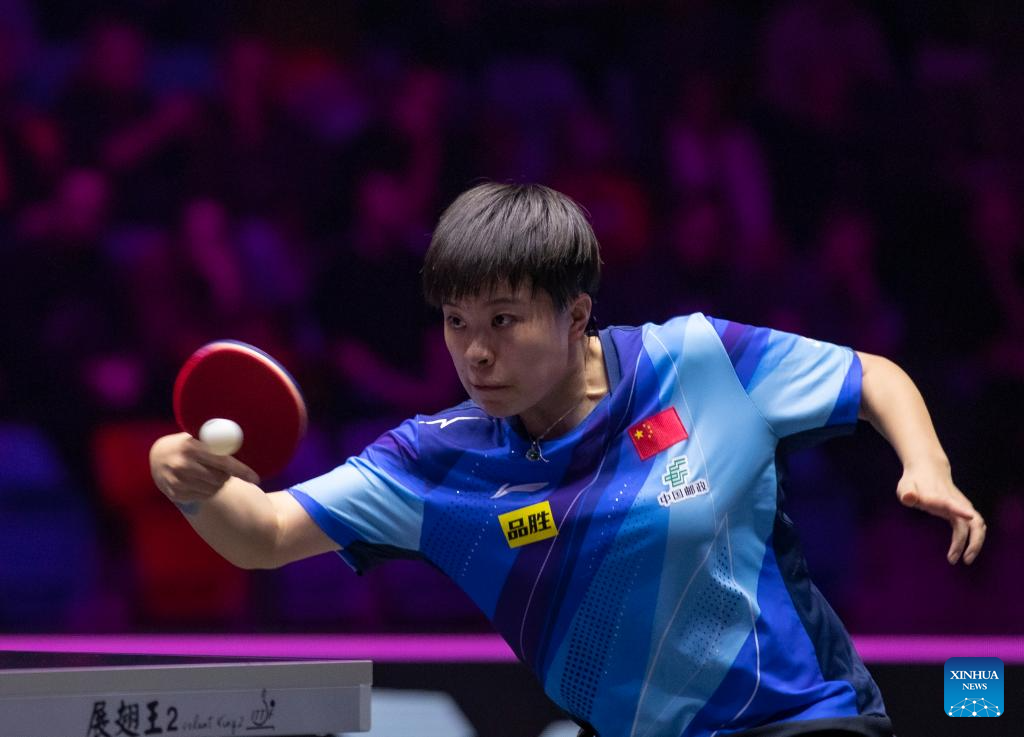“It is hoped that the entire Japanese public opinion will calmly and wisely judge and act from the broad perspective of Japan in the world.”
This appeal was made 71 years ago by Masao Onishi, then president of the Phonetic Society of Japan, in The Asahi Shimbun’s op-ed section.
At that time, a heated debate was raging over which of two ways to romanize Japanese should be adopted, with the “Kunrei” camp pitted against the “Hepburn” faction.
The history of this controversy dates to the Meiji Era (1868-1912).
The Hepburn system, developed by James Curtis Hepburn, an American missionary who came to Japan at the end of the Edo Period (1603-1867), is designed to represent Japanese pronunciation in an English-language style.
On the other hand, around the time of the Russo-Japanese War (1904-1905), a chorus of voices arose arguing that a system more closely aligned with the Japanese phonetic system that systematically shows the 50 sounds in the Japanese syllabary was more suited for the Japanese, leading to the development of the Kunrei system.
After Japan’s defeat in World War II, the General Headquarters of the Supreme Commander for the Allied Powers, led by the United States during the occupation of Japan, called for the adoption of the Hepburn system, causing the conflict between the two factions to be ideologically charged.
The Kunrei system proponents argued that the Hepburn system was not internationalism but a continuation of the occupation policy, while the Hepburn camp countered that the Kunrei system represented misguided patriotism.
Aiming to establish a unified way of romanizing Japanese, the government decided in a Cabinet Notification in 1954 on the use of the Kunrei system, in principle.
This is also the system taught to elementary school students in their Japanese language classes.
It seems this notification is about to be revised.
A draft report recently published by the Council of Cultural Affairs pointed out that the Hepburn system is more widely used than the Kunrei system, and it is expected that the notation will be adjusted to reflect this.
It is surprising because the writing system has not changed for about 70 years, but if confusion can be avoided, the change is to be welcomed.
In the digital age, romanized Japanese is used to input words on smartphones and personal computers.
The Kunrei-style “zya” is longer than the Hepburn-style “ja,” but conversely, “tu” is shorter than “tsu.”
A faster and more comprehensible way is clearly preferred.
Can a “calm and wise” conclusion be reached this time?
--The Asahi Shimbun, Feb. 25
* *
*Vox Populi, Vox Dei is a popular daily column that takes up a wide range of topics, including culture, arts and social trends and developments. Written by veteran Asahi Shimbun writers, the column provides useful perspectives on and insights into contemporary Japan and its culture.








